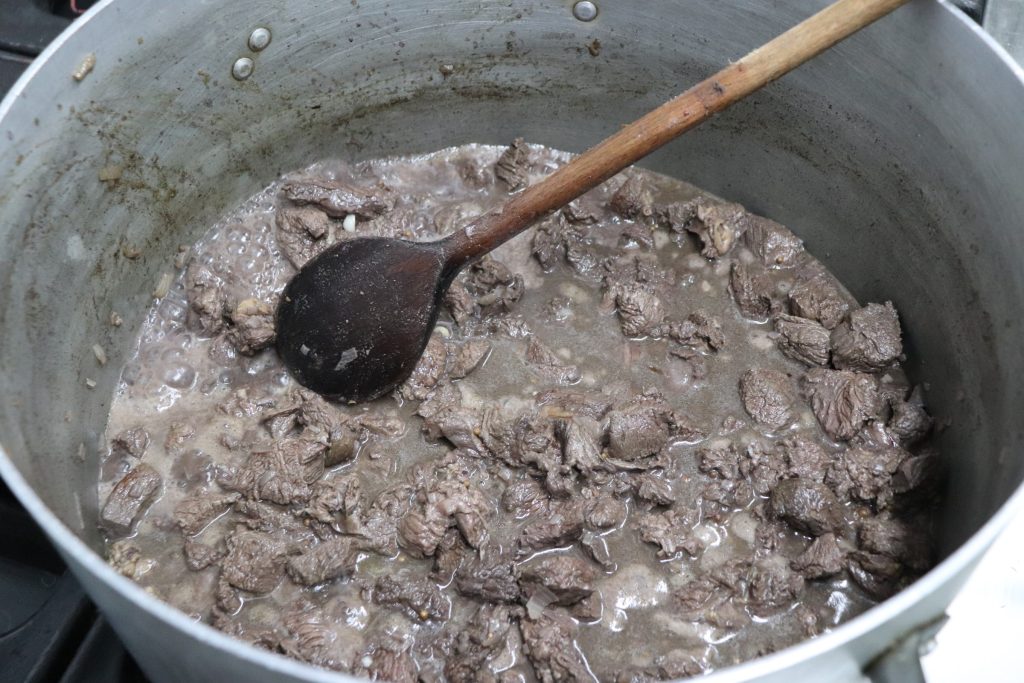Stuffat tal-ħmar (Donkey Stew)
The year is 1799. Europe is ablaze with the aftermath of the French Revolution. Following the demise of the old regime and Napoleon’s expulsion of the Order of the Knights of St John, Malta has been plunged into a civil war. Fired by nationalistic ideals, there are those Maltese civilians who support the republican French, amongst them Mikiel Anton Vassalli, the father of the Maltese Language and Maltese composer Nicolò Isouard (who has a street named after him in Paris). On the other side, there are those who wish to get rid of the French and transform Malta into a freeport, and of course there are those who support the British. The French have retreated within the walls of Valletta and the Three Cities. Meanwhile, the British blockade has succeeded in cutting off all supplies to the beleaguered garrison. The situation is dire, yet a confident General Vaubois is “resolved to defend this fortress to the very end.” The siege drags on. Lord Nelson has turned his attentions to Lady Hamilton in Naples, and a scandalous affair begins.
 Whilst the local populace is reduced to eating rats and whatever other protein source they can get their hands on, under cover of darkness, French soldiers organise a sortie to purloin a donkey from a nearby farm which they then sell at the market in Bormla. The unfortunate donkey ends up in a nourishing stew. Sautéed in olive oil, onions, garlic, and slow-cooked with coriander and wine to become ‘Stuffat tal-ħmar‘, the stew is served with a coarse but tasty flatbread.
Whilst the local populace is reduced to eating rats and whatever other protein source they can get their hands on, under cover of darkness, French soldiers organise a sortie to purloin a donkey from a nearby farm which they then sell at the market in Bormla. The unfortunate donkey ends up in a nourishing stew. Sautéed in olive oil, onions, garlic, and slow-cooked with coriander and wine to become ‘Stuffat tal-ħmar‘, the stew is served with a coarse but tasty flatbread.






